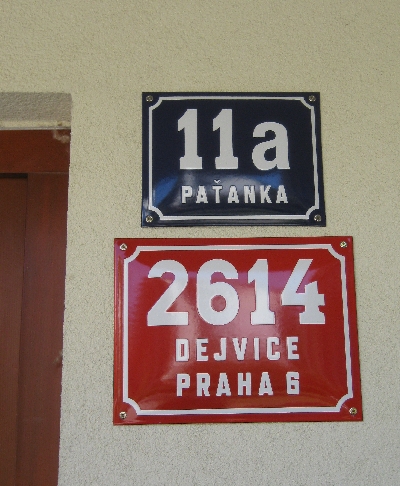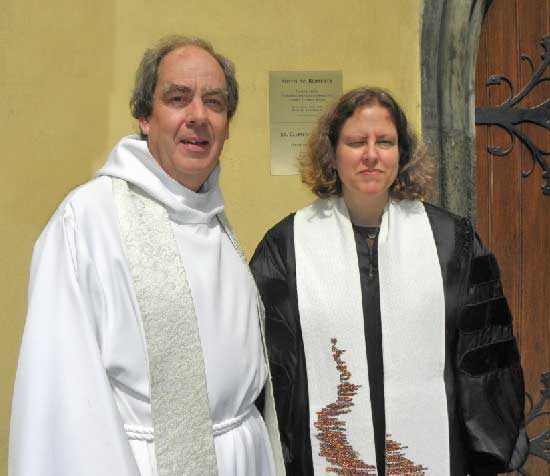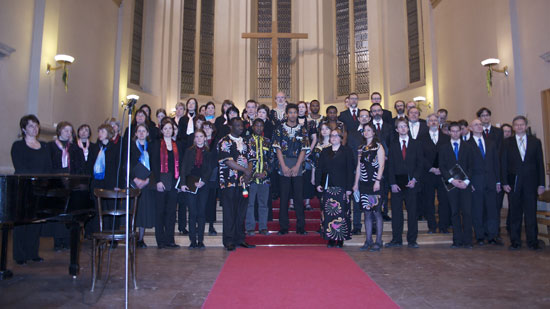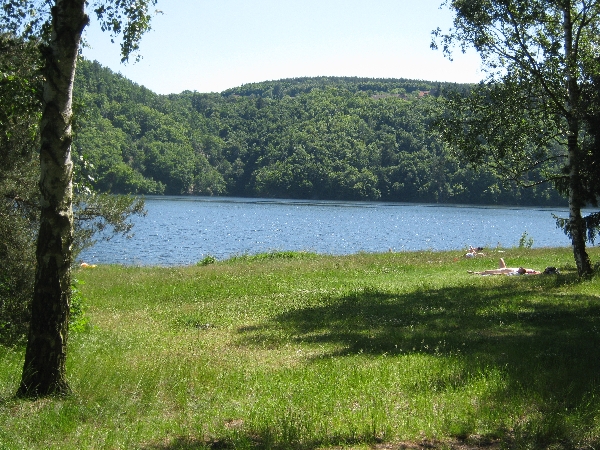
Last Monday, being my day-off, Sybille and I decided to take advantage of the warm sunny weather and pay our first visit this year to Vodni Nadrž Slapy – Slapy Lake, and the little lakeside village of Ždán. The village and lake are about 50km south of our home with the journey taking about an hour in the car, because of needing to either get through or around Prague, before being able to head out into the Bohemian countryside.
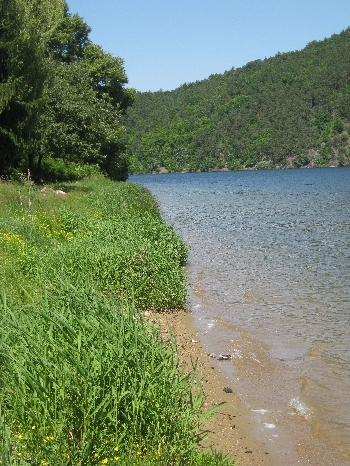
Slapy Lake has been formed by the building of the Slapy Dam across the Vltava River. Both take their name from the village of Slapy which lies a couple of kilometers west of the site of the dam. As I explained in my earlier post entitled ‘A Trip up the Vltava River’, the dam was constructed during the Communist era between 1949 – 1955 in order to generate hydro-electricity, as well as to control river flow and hopefully help prevent flooding further downstream in times of high rainfall. Slapy Lake, behind the dam, stretches south for over forty kilometres and is widely used by small pleasure boats and yachts. Along the shore and in the surrounding wooded hills, there are a large number of Chata or Chalupa – little (usually wooden) holiday cottages. Outside of Scandinavia, the Czech Republic is probably the European country that has the highest percentage of population who own a country cottage/second home.
The village of Ždán consists mainly of holiday cottages of various shapes and sizes, together with a bar-restaurant, a couple of simple hotels and a slightly more upmarket yacht club. And between the lake shore and the narrow access road running through the village, there is a wide grassy area, partially shaded by a variety of trees, where you can freely walk, picnic, sunbathe and gain access the lake to go swimming.
I hope these accompanying photographs convey something of the beauty, simplicity and tranquility of this location and why we both like it so much. The water is clean and clear and was already pleasantly warm for swimming. And because we were there on a week day, it wasn’t at all busy, despite being a fine and sunny day with the temperature in the mid-twenties.

Another reason why I find this spot so relaxing is the almost total lack of signs or regulations, instead leaving people to use their commonsense. Since we were last here in 2010, some strategically placed boulders or a stretch of low fence mean you can now only pull onto the grass and park at one end of the area. But there is none of the ‘Health & Safety gone mad’ culture that you get in the UK these days with signs warning of the danger of drowning in water, or telling you not to do this or that.
Our day-out at Slapy Lake also cost very little beyond the petrol for the 100 km round trip in the car and 50 Kc for two pre-lunch beers. We packed a picnic lunch which we sat and ate in the partial shade of the surrounding trees.
This was also Sam the dog’s first real day out with us beyond his regular daily walks. Labradors are meant to be good swimmers so we did wonder how he would take to the water. After some initial uncertainty, he soon discovered that he could swim, particularly if we threw a stick into the lake for him to retrieve! I think both he and we look forward to several more return trips to Slapy Lake over the coming summer months.


